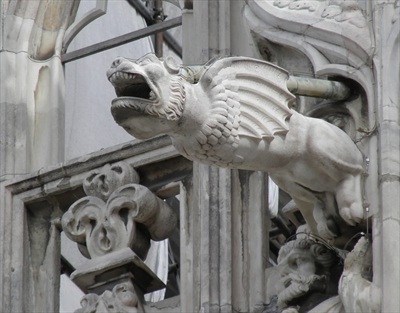

Its architecture is another example of how the Gothic style took on different national forms. Wells Cathedral in South-West England is the first example of English Early-Gothic architecture, breaking with the previous Romanesque tradition. The English Cathedral of Wells Wells Cathedral, Photo by Michael D Beckwith, via Unsplash A simple, classical architectural approach was maintained.Ĩ. In Italy, there are no Gothic cathedrals that reach vertiginous heights or that use the massive sculpture found in their French sisters. This is why Italian Gothic is also called “ gotico temperato”, or temperate gothic. In Italy, for example, Gothic architecture spread across the region but was of a less extreme style than on the other side of the Alps. An Italian Interpretation: Siena Cathedral Siena Cathedral, photo by Luca Florio, via Unsplashĭespite their many recurrent elements, Gothic cathedrals in Europe are all distinguished by local features and national variations. Its sculpted portals, particularly the one depicting the Last Judgment, are also remarkable.ĩ.

Saint-Étienne Cathedral is characterized by its two asymmetrical towers, one with flamboyant Gothic pinnacles and crockets, and its impressive system of double flying buttresses. It was closely linked to the Capetian domination of the region, of which it was to become a symbol.

This imposing building was constructed between the late 1100s and the early 1200s, on the site of an earlier sanctuary. France was the point of irradiation for this artistic current, with the construction of the first cathedral: the Abbey of Saint-Denis, not far from Paris.Īmong the most exemplary of these French masterpieces, although not the most famous, is the gothic cathedral at Bourges, dedicated to the first Christian martyr, Saint-Étienne.

The Gothic style spread from Northern France throughout Western Europe from the 12th to the 15th centuries, before being supplanted by Renaissance styles. The Gothic Cathedral of Bourges Bourges Cathedral, photo by Renaud MAVRÉ, via Britannica


 0 kommentar(er)
0 kommentar(er)
